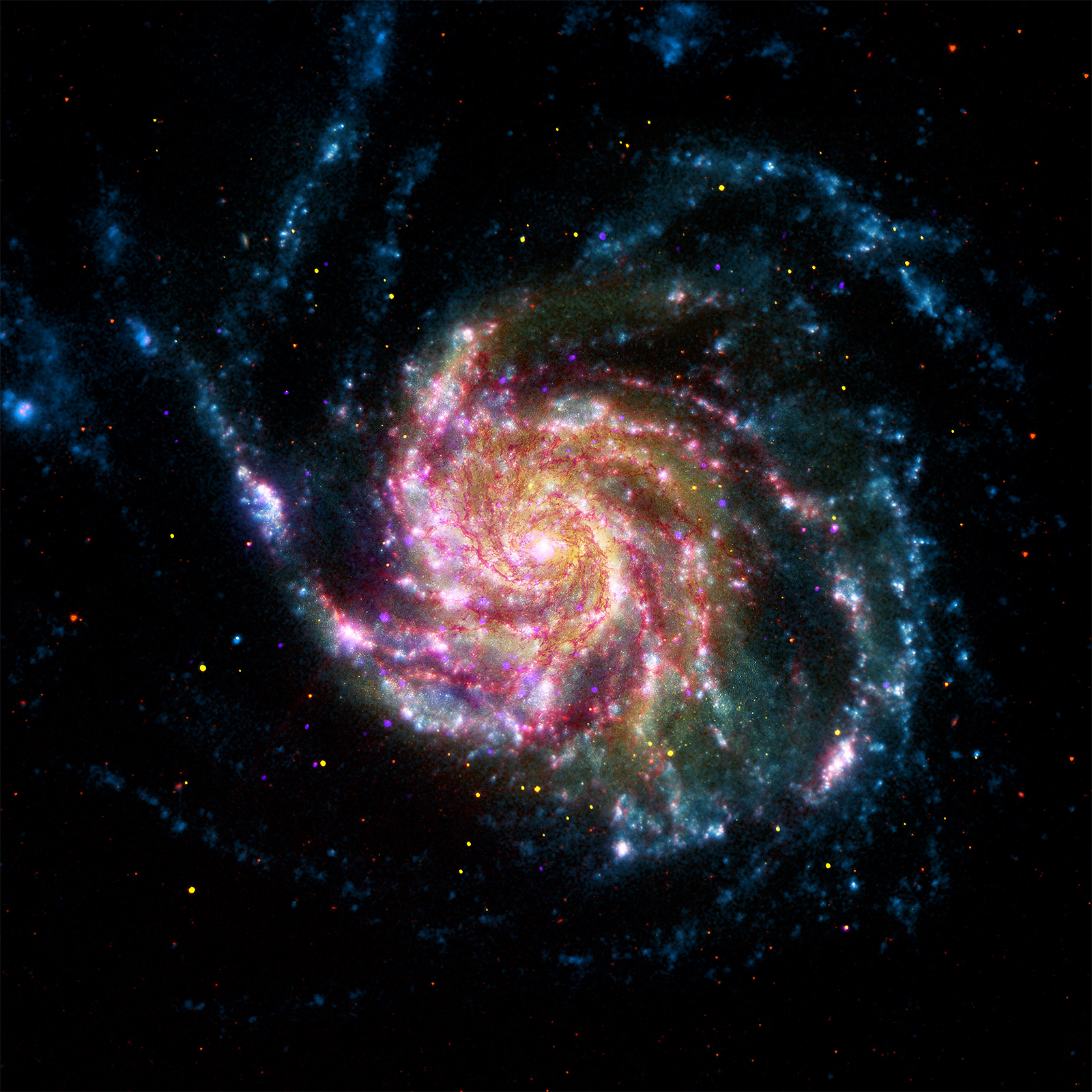

Many, however, contain evidence of the presence of low-density gas in their nuclear regions. Ellipticals contain neither interstellar dust nor bright stars of spectral types O and B. No galaxy of this type is flatter than b/ a = 0.3, with b and a the minor and major axes of the elliptical image, respectively. The isophotal contours exhibited by an elliptical system are similar ellipses with a common orientation, each centred on its nucleus. The surface brightness of ellipticals at optical wavelengths decreases monotonically outward from a maximum value at the centre, following a common mathematical law of the form: I = I 0( r/ a +1 ) −2, where I is the intensity of the light, I 0 is the central intensity, r is the radius, and a is a scale factor. They have a third smaller axis that is the presumed axis of rotation. They have complete rotational symmetry i.e., they are figures of revolution with two equal principal axes. These systems exhibit certain characteristic properties. A description of the classes as defined by Sandage is given here, along with observations concerning needed refinements of some of the details. Some of the features of this revised scheme are subject to argument because of the findings of very recent research, but its general features, especially the coding of types, remain viable. Sandage drew on Hubble’s notes and his own research on galaxy morphology to revise the Hubble classification scheme.

In The Hubble Atlas of Galaxies (1961), the American astronomer Allan R. Hubble subdivided these three classes into finer groups. In Hubble’s scheme, which is based on the optical appearance of galaxy images on photographic plates, galaxies are divided into three general classes: ellipticals, spirals, and irregulars. Know how galaxies categorized according to their shape, such as elliptical, spiral, or irregular See all videos for this articleĪlmost all current systems of galaxy classification are outgrowths of the initial scheme proposed by the American astronomer Edwin Hubble in 1926. SpaceNext50 Britannica presents SpaceNext50, From the race to the Moon to space stewardship, we explore a wide range of subjects that feed our curiosity about space!.Learn about the major environmental problems facing our planet and what can be done about them! Saving Earth Britannica Presents Earth’s To-Do List for the 21st Century.Britannica Beyond We’ve created a new place where questions are at the center of learning.100 Women Britannica celebrates the centennial of the Nineteenth Amendment, highlighting suffragists and history-making politicians.
SPIRAL GALAXY HOW TO
COVID-19 Portal While this global health crisis continues to evolve, it can be useful to look to past pandemics to better understand how to respond today.Student Portal Britannica is the ultimate student resource for key school subjects like history, government, literature, and more.Britannica Explains In these videos, Britannica explains a variety of topics and answers frequently asked questions.Demystified Videos In Demystified, Britannica has all the answers to your burning questions.This Time in History In these videos, find out what happened this month (or any month!) in history.#WTFact Videos In #WTFact Britannica shares some of the most bizarre facts we can find.Britannica Classics Check out these retro videos from Encyclopedia Britannica’s archives.


 0 kommentar(er)
0 kommentar(er)
